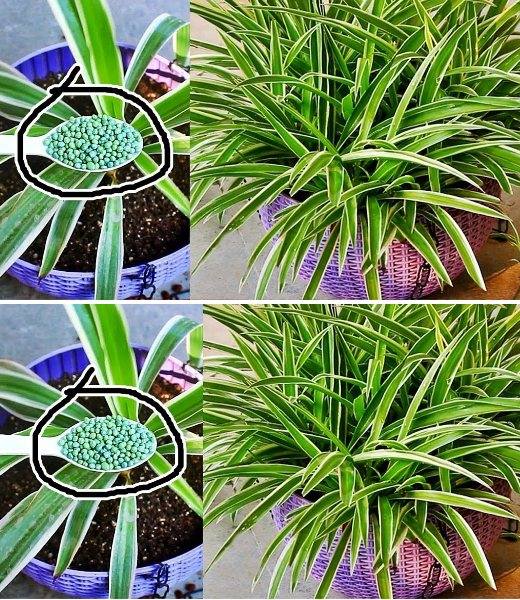ADVERTISEMENT
How to Make Your Spider Plant Flower Quickly and Perfume Your Entire House
Spider plants (Chlorophytum comosum) are among the most popular and easy-to-care-for houseplants, known for their beautiful, arching green leaves and air-purifying properties. These plants are famous for their hardiness, but did you know that they can also bloom and perfume your home? With a little patience and the right care, you can encourage your spider plant to flower quickly, filling your space with a delightful fragrance.
In this article, we’ll guide you through the steps to make your spider plant flower faster and how to enjoy the subtle perfume that blooms can offer. Let’s dive into how you can elevate your houseplant game with a fragrant touch of nature!
Understanding Spider Plant Flowers
Before diving into how to make your spider plant bloom, it’s important to understand what you’re working with. Spider plants typically produce small, star-shaped white flowers on long stems, which emerge from a “runner” that extends outward from the main plant. These delicate flowers are often overlooked, as the plant is more commonly recognized for its attractive foliage and baby “pups” (the small offshoots that sprout from the main plant).
When in bloom, the flowers of a spider plant have a subtle, sweet scent. While not overpowering, this natural fragrance can subtly perfume your entire home, offering a fresh, clean aroma.
1. Provide the Right Light Conditions
One of the most important factors in encouraging your spider plant to flower is ensuring it gets the right amount of light. While spider plants can tolerate low light, they thrive in bright, indirect sunlight. A good balance is key—too little light will slow down the plant’s growth and prevent it from flowering, while too much direct sunlight can scorch the leaves.
How to Do It:
- Place your spider plant near a window with plenty of natural light but out of direct sun.
- Ideally, the plant should receive bright, indirect light for at least 6 hours a day.
- If natural light is limited, you can supplement with a grow light to provide the necessary illumination.
2. Maintain the Right Temperature and Humidity
Spider plants are native to tropical climates, which means they thrive in moderate to warm temperatures and humid conditions. Too much fluctuation in temperature or exposure to cold drafts can stress the plant, inhibiting its ability to flower.
How to Do It:
- Ideal Temperature: Spider plants flourish in temperatures between 65-75°F (18-24°C). Avoid placing them in areas where temperatures dip below 50°F (10°C), such as near air conditioners or open windows during the colder months.
- Humidity: Spider plants enjoy humidity but are adaptable. If your home is dry, consider misting the plant occasionally or placing it near a humidifier. You can also group it with other plants to create a microenvironment with higher humidity.
3. Watering the Right Way
Proper watering is essential to keep your spider plant healthy and encourage flowering. While spider plants are relatively low-maintenance when it comes to watering, overwatering or underwatering can stress the plant, making it difficult to bloom.
How to Do It:
- Water the plant thoroughly when the top inch of soil feels dry. Spider plants prefer to dry out between waterings.
- Avoid waterlogging: Ensure that the pot has good drainage to prevent excess water from sitting at the bottom of the pot. This can lead to root rot and hinder blooming.
- In the growing season (spring and summer), spid
